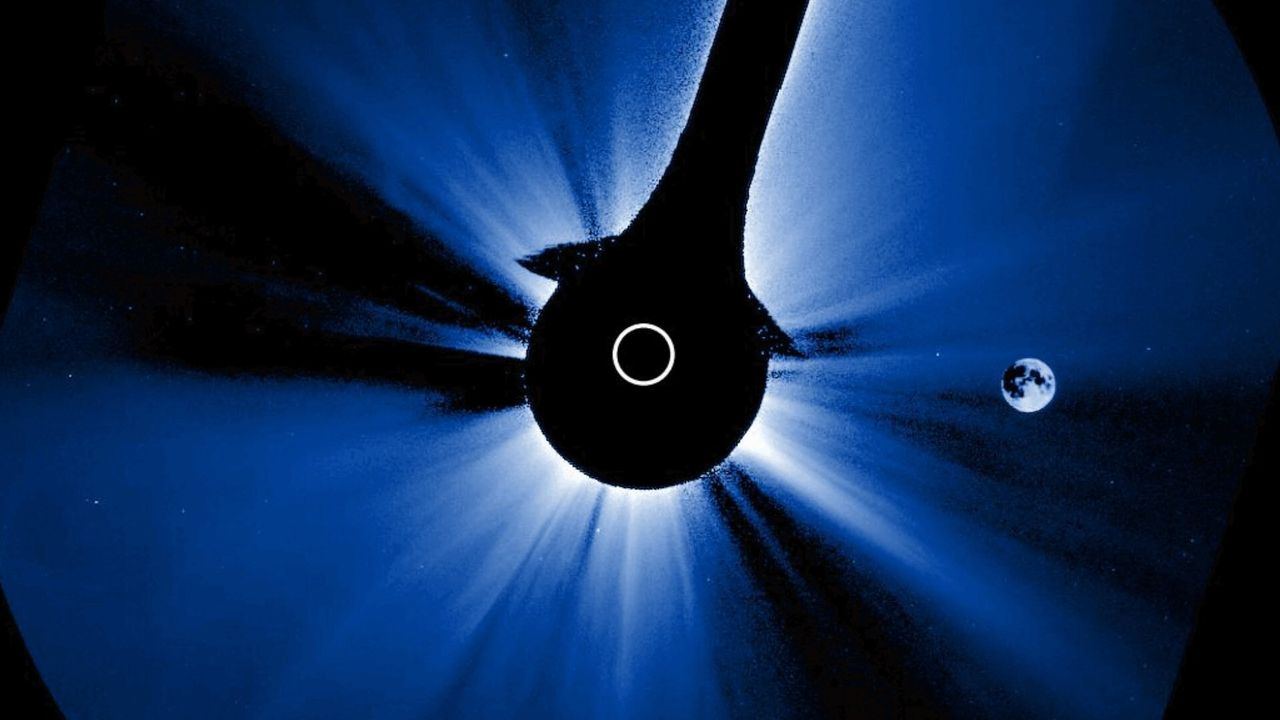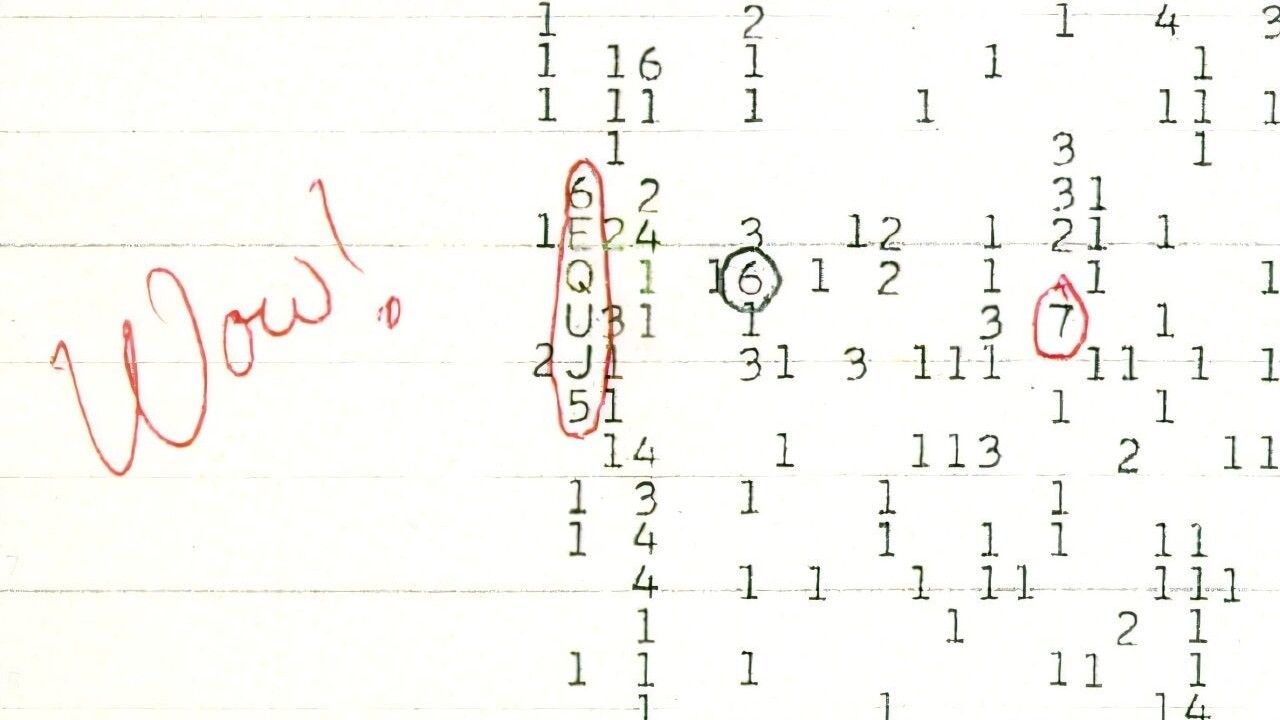Now Reading: NOAA Satellite Captures Stunning Moon-Sun Alignment on Aug. 27, 2025
-
01
NOAA Satellite Captures Stunning Moon-Sun Alignment on Aug. 27, 2025
NOAA Satellite Captures Stunning Moon-Sun Alignment on Aug. 27, 2025

Fast Summary
- Observation Tool: Scientists use coronagraphs, specialized telescopes designed to block the sun’s brightness for studying its fainter atmosphere (corona). NOAA’s Compact Coronagraph-1 (CCOR-1) is one such tool, housed aboard the GOES-19 satellite.
- Unique Event Captured: The CCOR-1 recently captured images of the moon passing in front of the sun. The moon appeared illuminated due to “Earthshine,” where sunlight reflects off earth’s surface onto the moon.
- coronagraph Features: CCOR-1 is unique as it operates in geostationary orbit above Earth’s equator-closer than previous coronagraphs, which increases opportunities for encountering objects like the moon.
- NOAA Research Continuity: Launched in June 2024, CCOR-1 replaces older systems nearing thier life expectancy. Similar instruments are planned for future GOES satellites.
!Moon crossing sun
(Image credit: NOAA)
!Moon streaking across
(Image credit: NOAA)
Indian Opinion Analysis
This intriguing observation underscores India’s growing interest and stake in global space research collaborations as nations continue studying solar phenomena and Earth-moon interactions. While India’s Aditya-L1 mission also focuses on solar studies, NOAA’s proximity-based imaging opens innovations that could complement deeper-space missions like India’s own initiative.
From an educational perspective, such imagery offers a fresh teaching tool to enhance awareness of celestial dynamics among Indian astronomy enthusiasts and students pursuing planetary science.As India develops its satellite infrastructure further, incorporating specialized tools similar to coronagraphs may add measurable value to ISRO’s long-term capability for regional observations closer to home.























